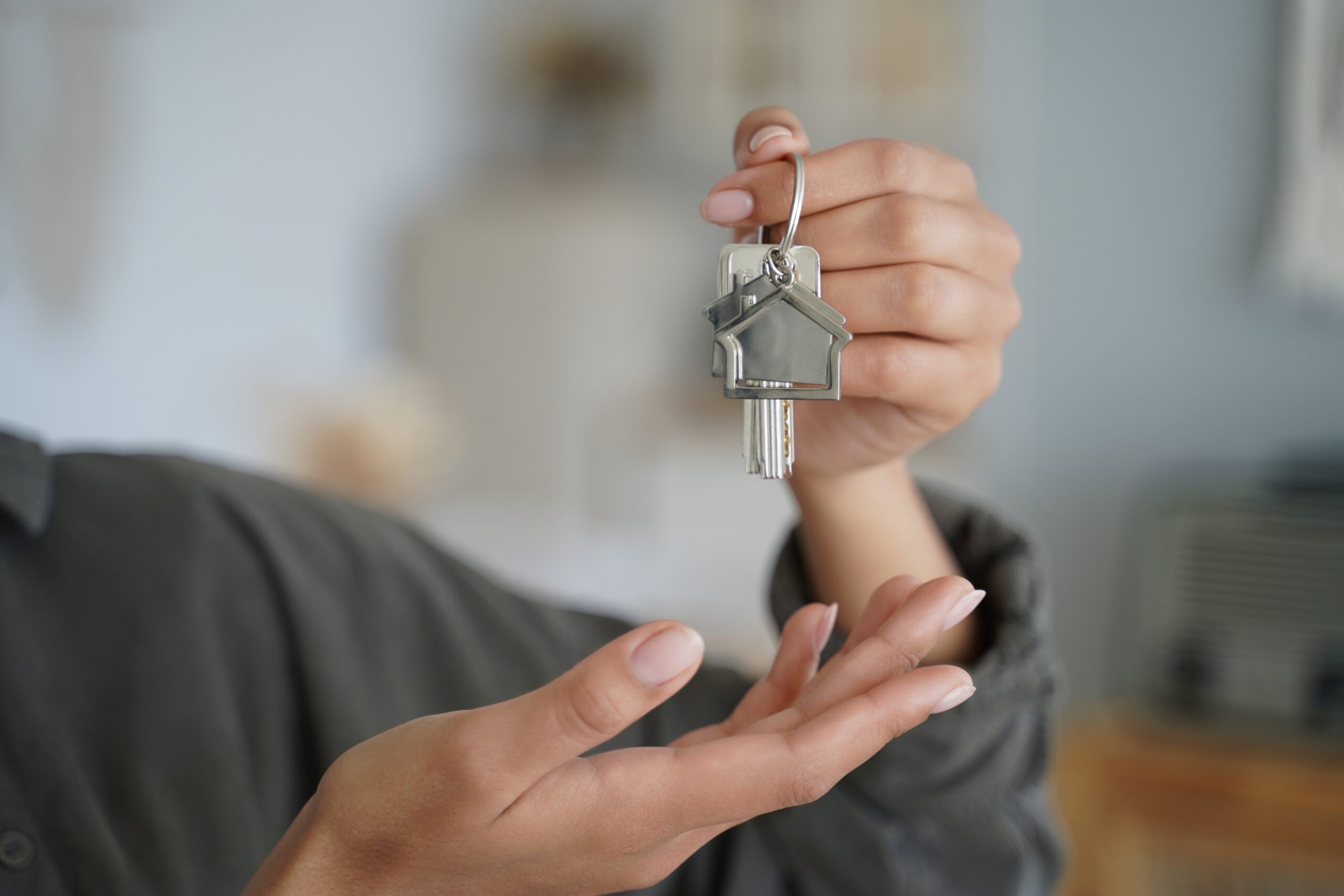In the realm of home financing, one of the pivotal decisions prospective homeowners face is whether to opt for an adjustable-rate mortgage (ARM) or a fixed-rate mortgage (FRM). Both options come with distinct advantages and drawbacks, and understanding them thoroughly is crucial for making an informed choice that aligns with your financial goals and circumstances. Let’s examine the pros and cons of adjustable-rate and fixed-rate mortgages to help you navigate this significant decision.
Fixed-Rate Mortgages (FRM) –
Pros:
Stability and Predictability: The defining feature of FRMs is their stability. With a fixed interest rate, your monthly mortgage payments remain consistent throughout the loan term, providing predictability and ease of budgeting. This stability shields you from fluctuations in interest rates, offering peace of mind amidst economic uncertainties.
Long-Term Planning: FRMs are ideal for those who prioritize long-term financial planning. Knowing your exact monthly payments allows for better budgeting not only in the short term but also over the entire lifespan of the loan, making it easier to plan for other financial goals.
Protection Against Rate Increases: Since the interest rate remains unchanged, you’re protected from sudden spikes in interest rates that could inflate your monthly payments. This safeguard is particularly valuable in times of economic volatility or rising interest rates.
Cons:
Higher Initial Rates: Fixed-rate mortgages typically come with higher initial interest rates compared to adjustable-rate mortgages. This can translate to higher initial monthly payments, potentially making it challenging for some borrowers to qualify or afford the loan amount they desire.
Get Started With a Free Debt Analysis
We make it easy on mobile or desktop. FREE with no obligations.
Less Flexibility: Once you lock in your interest rate, you’re committed to it for the entire loan term unless you choose to refinance. This lack of flexibility means you may miss out on potential savings if interest rates decrease in the future.
Limited Options for Short-Term Homeowners: If you anticipate selling your home or refinancing within a few years, an FRM might not be the most cost-effective option. Opting for a fixed-rate mortgage in such scenarios could result in paying higher interest rates for a shorter period than necessary.
Adjustable-Rate Mortgages (ARM) –
Pros:
Lower Initial Rates: ARMs typically start with lower initial interest rates compared to fixed-rate mortgages. This lower initial rate can translate to lower initial monthly payments, making homeownership more accessible and affordable for some borrowers, especially in the early years of the loan.
Potential for Savings: ARMs offer the potential for savings if interest rates decrease over time. With adjustable rates, your monthly payments may decrease accordingly, allowing you to capitalize on lower interest rates without the need for refinancing.
Flexibility: Unlike FRMs, ARMs offer flexibility in terms of interest rate adjustments. Depending on the type of ARM you choose, your interest rate may adjust annually, biennially, or at longer intervals, providing opportunities to benefit from future rate decreases or market conditions.
Cons:
Uncertainty and Risk: The primary downside of ARMs is the inherent uncertainty and risk associated with fluctuating interest rates. While initial rates may be lower, they are subject to change over time, potentially leading to significant increases in monthly payments and financial strain, especially if interest rates rise substantially.
Budgeting Challenges: Due to the variability of interest rates, ARMs can make budgeting more challenging compared to FRMs. Fluctuating monthly payments can pose difficulties for homeowners on fixed incomes or those with tight budgets, as they may struggle to anticipate and plan for future payment increases.
Potential for Payment Shock: One of the biggest risks with ARMs is the possibility of payment shock. If interest rates rise sharply or frequently adjust upwards, borrowers may experience sudden and substantial increases in their monthly mortgage payments, potentially causing financial hardship or default.
Making The Right Choice –
Ultimately, the decision between an adjustable-rate mortgage and a fixed-rate mortgage depends on your individual financial situation, risk tolerance, and long-term homeownership goals.
If stability and predictability are your top priorities, a fixed-rate mortgage may be the best fit, providing peace of mind and long-term financial security. On the other hand, if you’re comfortable with some level of uncertainty and value lower initial rates and potential savings, an adjustable-rate mortgage could be worth considering, especially if you plan to sell or refinance before any potential rate adjustments.
Regardless of which option you choose, it’s crucial to carefully weigh the pros and cons, consult with a financial advisor or housing counselor, and thoroughly understand the terms and risks associated with your mortgage loan. By doing so, you can make a well-informed decision that sets you on the path to successful homeownership.
